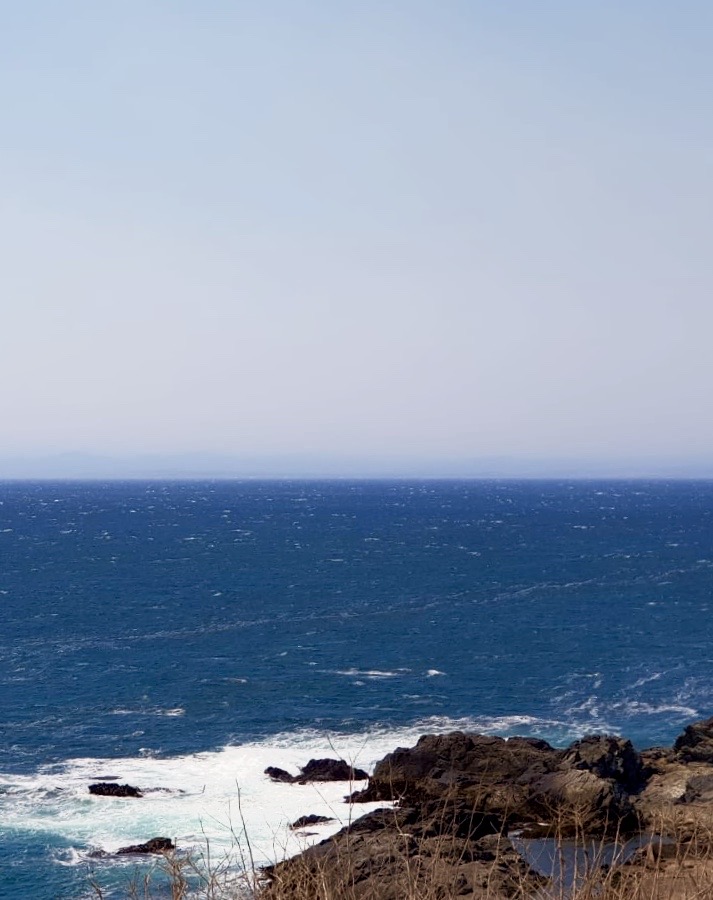DE EVA À HELENA:
A IDENTIDADE FEMININA NA OBRA JORGIANA A COSTA DOS MURMÚRIOS
Palavras-chave:
Identidade; Mulher; Memória.Resumo
O presente artigo trata de considerações críticas e teóricas sobre as diferentes maneiras como a mulher foi retratada em A costa dos murmúrios (1988), da autora portuguesa Lídia Jorge. Nesta obra, constituída por duas partes distintas, um conto inicial denominado Os gafanhotos, e nove capítulos posteriores ao conto, a voz que narra os capítulos – Eva Lopo, retoma o conto, enquanto ainda era Evita, e sua visão do passado mostra os costumes e vivências suas e de outras mulheres, no período da guerra colonial no território africano. Assim, analisaremos o romance jorgiano, elucidando o caminho percorrido por Eva Lopo, problematizando suas transformações identitárias. As reflexões levantadas no presente artigo têm como aporte teórico as postulações de Silva (2000), Beauvoir (2016), Abdala Jr. (2007) e Candau (2016).
Downloads
Referências
BEAUVOIR, Simone de. O segundo sexo: fatos e mitos. Tradução de Sérgio Milliet. – 3.ed. – Rio de Janeiro: Nova Fronteira, 2016.
BOURDIEU, Pierre. A dominação masculina, tradução Maria Helena Kühner. 9º edição, Rio de Janeiro: Bertrand Brasil, 2010.
CANDAU, Joël. Memória e identidade. Tradução: Maria Letícia Ferreira. – 1ª ed, SP: Contexto, 2016.
JORGE, Lídia. A costa dos murmúrios. Portugal. Dom Quixote, 15ºed. 2004
MARGATO & GOMES, Isabel, Renato. Literatura e Revolução. – Minas Gerais: Editora UFMG, 2011.
MOUTINHO, Isabel. Nós e os outros: O Vento assobiando nas Gruas da pós-colonialidade portuguesa. In: O romance português pós-25 de Abril. Org. Petar Petrov, Roma Editora, 2005.
SCHMIDT, Simone Pereira. Gênero e história no romance português: novos sujeitos na cena contemporânea – Porto Alegre: EDIPUCRS, 2000.
SILVA, Tomaz Tadeu da. Identidade e diferença: a perspectiva dos estudos culturais/ Tomaz Tadeu da Silva (org), Stuart Hall, Kathryn Woodward – Petrópolis, RJ: Vozes, 2000.
Downloads
Publicado
Como Citar
Edição
Seção
Licença
Os Direitos Autorais para artigos publicados nesta revista são do autor, resguardando-se os direitos de primeira publicação para a Revista Communitas. Em virtude da aparecerem nesta revista de acesso público, os artigos são de uso gratuito, com atribuições próprias, em aplicações educacionais e não-comerciais.
























